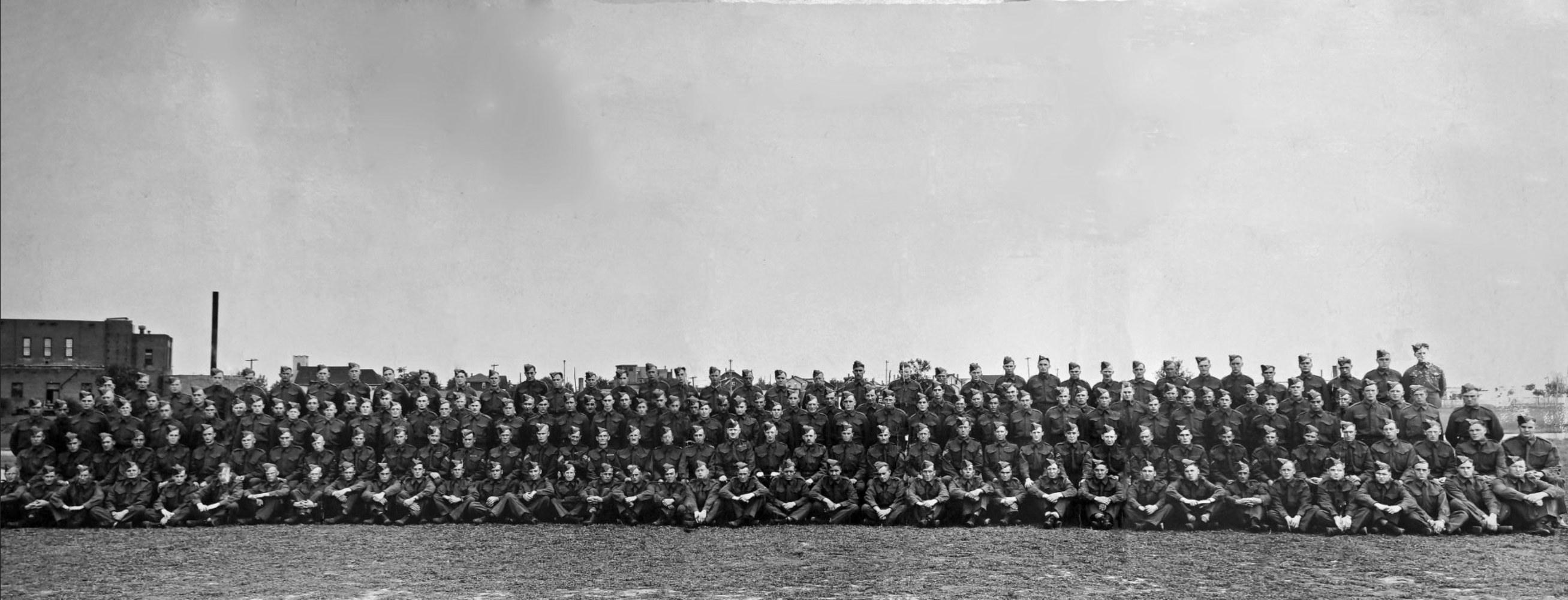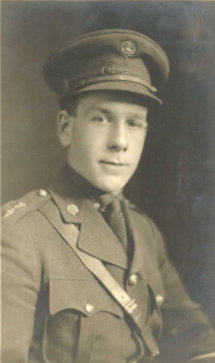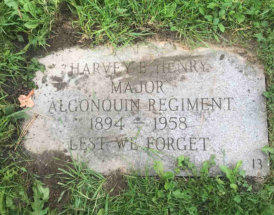

Wartime Heritage
ASSOCIATION

Algonquin Regiment
The Algonquin Regiment was mobilized for active service on May 24,
1940. It was re-designated 1st Battalion, The Algonquin Regiment on
November 7, 1940.
The Regiment served in Canada in a home defence role as part of the
20th Infantry Brigade, 7th Canadian Division and in Newfoundland from
February 7, 1942 to February 6, 1943.
The Regiment embarked for Great Britain in June 1943 and landed in
Normandy, France as part of the 10th Infantry Brigade, 4th Canadian
Armoured Division. Soldiers of the Regiment fought as vanguard infantry
through Falaise, fighting to secure many bridgeheads over canals in
Holland and into Germany, earning the following battle honours:
Falaise
Falaise Road
The Laison
Chambois
The Seine, 1944
Moerkerke
The Scheldt
Breskens Pocket
The Lower Maas
The Rhineland
The Hochwald
Veen
Küsten Canal
Bad Zwischenahn
North-West Europe, 1944-1945
The overseas Battalion was disbanded on February 15, 1946.

copyright © Wartime Heritage Association
Website hosting courtesy of Register.com - a web.com company
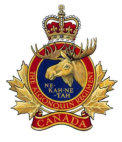
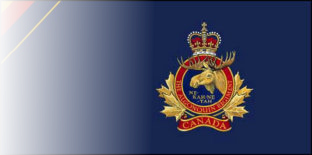
Algonquin Regiment
372 members of the Algonquin
Regiment lost their lives in the
Second World War.
On the Parry Sound’s waterfront trail
a monument now recognizes members of
the Algonquin Regiment who lost their lives
in the Second World War.
Unveiled September 23, 2012
“Stand easy boys, you are back home at
last … Carved in stone are the names of
372 young Canadian boys who voluntarily
stepped up to the plate and joined up to
fight and destroy the insidious Nazi
tyranny that threatened to destroy our
motherland, our country and our freedom
…
Whatever their reason for enlisting
underlying, was the thought that there
could be a price to pay, a sacrifice to make
and a determination to pay that price for a
principle of ridding our world of evil, of
protecting our country, family and
friends.”
Words spoken at the unveiling
by Algonquin Veteran
Jack Patterson of Parry Sound
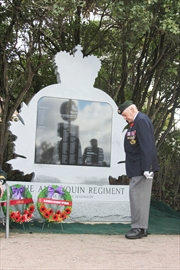
Harvey Benjamin Henry - Algonquin Regiment WWII
A Veteran of World War I, Harvey Benjamin Henry, at the start of WWII, returned as a
Sergeant and was commissioned reaching the rank of Major in the Algonquin Regiment.
During World War I, he was commissioned as a Lieutenant and served with the Canadian
Expeditionary Force. He was born in York, Ontario on February 21, 1894 and enlisted on
November 9, 1916 with the 256th Railway Construction Battalion transferring from the
University of Toronto Training Corp. Prior to active service enlistment, he served with the
109th Regiment for seven months. He went overseas arriving in Liverpool, England on April
7, 1917. He served in France from June 19, 1917 and on December 7, 1917 he was
promoted in the rank of Lieutenant serving with the 10th Battalion Canadian Railway
Troops. He was wounded on May 26, 1918 while serving in France.
He served in Canada, England, and France with the 256th Railway Construction Battalion,
the 10th Battalion Canadian Railway Troops, the Canadian Railway Troops Pool, the
Canadian Railway Troops Depot and District Depot No.2. He was discharged on
demobilization on April 7, 1919.
Two nephews, Harvey Benjamin Henry and Jack Henry both born in Canada but
raised in Los Angeles, California returned to Ontario as the Canadian Army was
mobilizing in World War II. They enlisted in the Ontario Regiment, RCAC and both
saw action in Sicily and Italy. Major Henry’s nephew, Harvey Benjamin Henry was
severely wounded on July 1, 1944.
Background photo:
‘D’ Company Algonquin Regiment, Timmons,
Ontario
September 4, 1940
Information provided by Mike Henry, grand
nephew of Major Harvey Henry.
Library and Archives Canada

Algonquin Regiment - A Photo Collection
Photos from a wartime collection of Sherry Garvin. Her father, Private Gilbert Bell, served in “D” Company of the Algonquin
Regiment and the Bugle Band of the Regiment. The photos are for the most part from his training time in Port Arthur, Ontario and
Shilo, Manitoba.
Date of Death: July 16, 1958
Brandford, Ontario
Mount Pleasant Cemetery, Toronto
